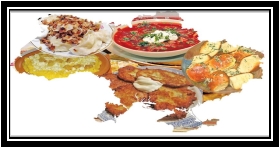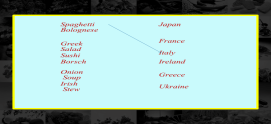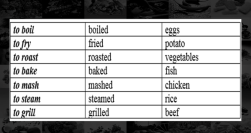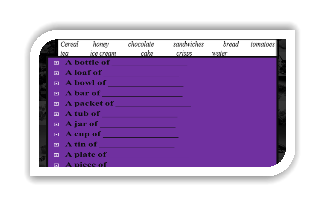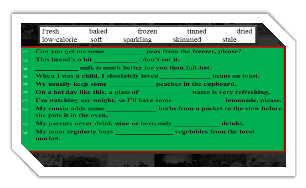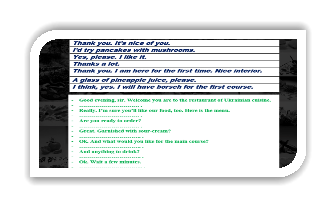Урок "National Ukrainian meals"
Date: _12.12.2022 р. (distance learning)
Form: 10 - В
Topic: National Ukrainian meals and cuisines from all over the world. Menu. Food products and their preparation
Lesson goals:
Practical aims:
- to use new words, word-combinations and expressions, related to the theme;
- match the words with their definitions.
Developmental aims:
- to continue the point of the statement;
- to act out the dialogues about choosing dishes from the menu.
- to describe the most popular dishes of the world;
- to answer the questions after reading the text;
Educational aims:
• perform an information after listening and watching videos.
Еquipment: textbook "English 10" Karpyuk OD, laptop, projector, video application, work cards, images of emotions.
Схематичний план – конспект уроку
|
Етап уроку |
Час |
|
Початок уроку. 1. 1. Організація класу 2. Повідомлення цілей уроку. 3. Мовленнєва зарядка
Основна частина уроку 4. Перевірка домашнього завдання 5. Виконання перед текстових завдань. 6. Читання тексту 7. Виконання після текстових завдань. 8. Аудіювання. Діалог 9.Виконання завдань для активізації словникового запасу 10.Контроль розуміння діалогу.
Заключна частина уроку 11.Пояснення домашнього завдання. 12.Підсумки роботи. Мотивація оцінок. 13.Завершення уроку. |
1 хв. 1 хв. 5 хв
5 хв. 3 хв. 5 хв 5 хв. 5 хв. 5 хв 7 хв
1 хв 1 хв 1 хв |
Хід уроку
|
Етап, прийом навчання |
Зміст роботи |
|
Етап 1.
Початок уроку: організація класу. Мета: Повідомлення цілей уроку. Прийом: вітання з класом
Етап 2. Warming up. Мовленнєва зарядка
Мета: Уведення в іншомовну атмосферу.
Прийом: Співвіднести конкретне слово з загальним поняттям
Етап 3 Виконання вправ
Мета Розширити активну лексику
Прийом: Поєднати страву з країною
Основна частина уроку Етап 4. Перевірка домашнього завдання.
Етап 5. Pre-reading activity Перед текстовий етап Мета: зняти фонетичні, лексичні та граматичні труднощі.
Етап 6. While-reading activity Читання тексту Мета: удосконалювати вміння читати і розуміти інформації тексту. Прийом: читання Етап 7 After-reading activity Після текстовий етап
Мета: перевірити розуміння прочитаної інформації Прийом: доповнити речення словами з тексту
Етап 8. Аудіювання.
Мета: формувати вміння диференціювати інформацію під час аудіювання. Прийом: Активне слухання
Етап 9 Словникова робота
Мета: Засвоїти нову лексику Прийом Скласти речення з новими словами Прийом: Доповнити фрази
Етап 10. Контроль розуміння діалогу. Мета: Перевірити розуміння учнями змісту діалогу. Прийом: Доповнити текст Заключна частина уроку Етап 11. Повідомлення домашнього завдання.
Мета: зняти труднощі у виконанні домашнього завдання
Етап 12. Підсумки роботи. Мотивація оцінок
Етап 13. Завершення уроку |
Т: Good morning, students. I’m glad to see you. How are you today? How is life? Today our lesson is unusual a little: we have guests today and you’ll show them your knowledge of English.
Т: Look at the picture (slide 1) and tell me what your thoughts about it are?
T: Let’s see some words – names of food. Your task is to put them into the correct columns according to kinds of products: fruit, vegetables, meat, sea food (slide 2)
T: What’s your taste? Choose from the list and tell your partner P1: I love carrot, but I hate broccoli. What about you? P2: Well, I love…
T: Now look at the slide and try to guess from what country is each dish (slide 3)
Т: What helped you to understand this?
T: Your task for today was to make up own menu or to interview a friend and write about his own menu. Let’s read homework (3 учні читають зроблене завдання)
Reading T: Read the text “Ukrainian specialties”, ex. 7, p. 92. Т: Before you read the text, see the words and word-combinations from the text with their explanation:
T: Consider a photo of traditional Ukrainian food (slide 4 -19) Complete the sentences from the text: Kholodets can be served with horseradish and … (mustard). Salo is usually eaten with black bread and … (garlic, salt). Borsch contains such vegetables as: beetroot, potato, cabbage, … (carrot, onion, garlic..). Deruny – this is the dish based on ... potato (grated). Holubtsi are made of cabbage rolls stuffed with … (rice and minced meat). Varenyky are usually stuffed with potato, … (mushrooms, meat, cheese...)
Listening T: Listen the text “Traditional British meals” from the ex. 3, p. 89 and name:
T: Answer the questions:
Т: See the words – methods of cooking the dishes (slide 20)
Т:Make a sentence using the table like in the example: e.g. - How do you like your potatoes – fried or boiled? - Actually I like them baked.
Vocabulary practice Т: Complete the gaps with the correct words in the box (slide 21)
Т: Complete the sentences with the correct words in the box (slide 22)
T: Complete the dialogue with suitable phrases (slide 23)
Т: Please open your day-books and write down your home task. Your homework for the next lesson is: to learn new words and speak about your favourite dish of any country you want.
Т: So, what were we talking about today? What new did you learn?
T: Thank you for your active work. I’m satisfied with your answers today. You get the following marks. T: Stand up. See you next time. |
Вчитель англійської мови _______________ Панчошенко Р. В.
Appendix

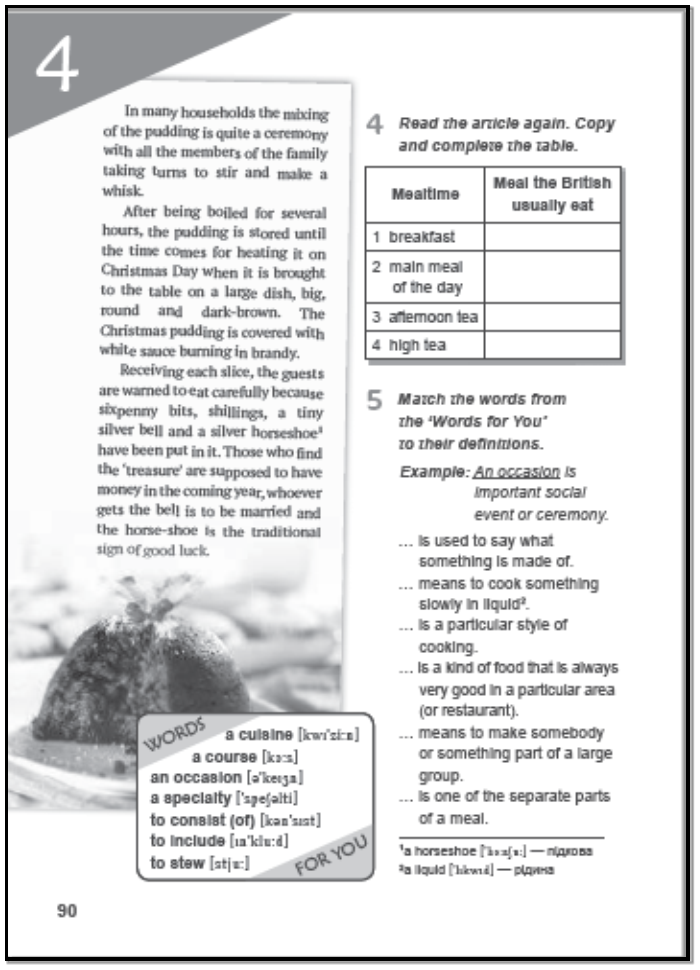
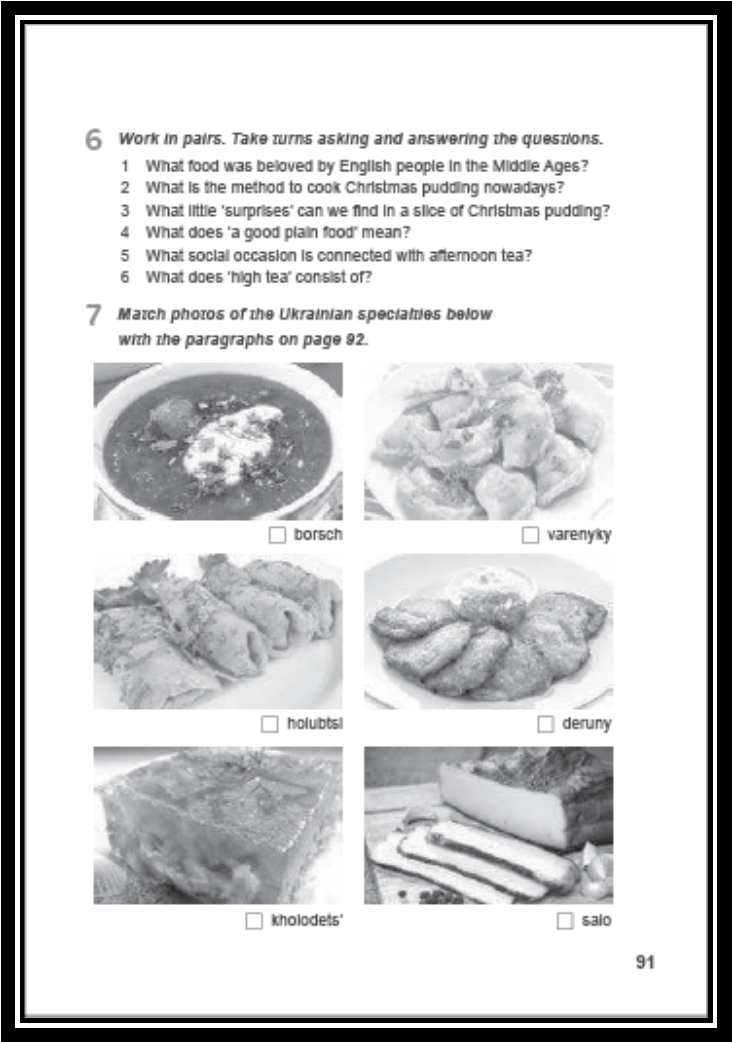
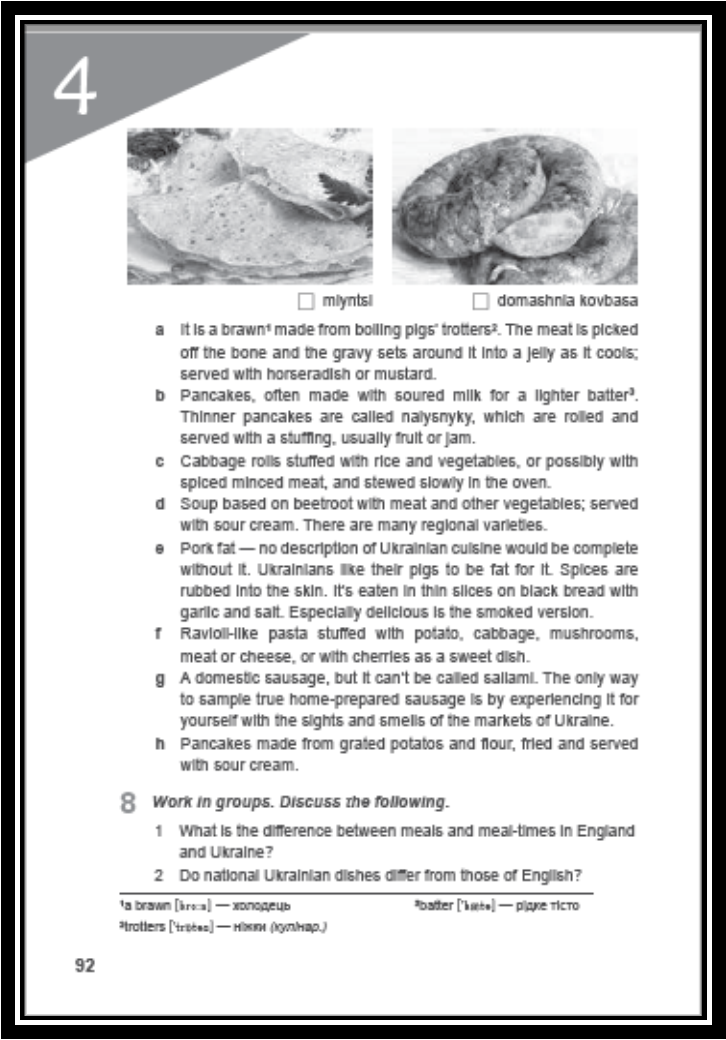


про публікацію авторської розробки
Додати розробку

